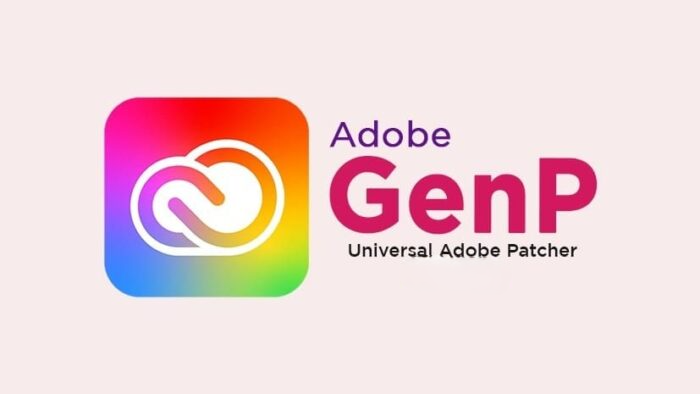🧩 Complete Adobe GenP 3.4.13 Beta 4 Guide with Download and Installation Walkthrough
🧠 What is Adobe GenP and What Does It Actually Do?

Adobe GenP is an unofficial utility designed for patching Adobe Creative Cloud applications like Photoshop, Illustrator, Premiere Pro, and After Effects. Originally developed for internal testing and offline license emulation, it has gained popularity among users who need to bypass trial limitations, explore Adobe tools without activation keys, or use software in sandbox environments for educational research.
Version 3.4.13 Beta 4, released in 2025, is considered one of the most stable and feature-complete builds to date — supporting the newest versions of Adobe CC apps and offering a cleaner, faster patching workflow.
🔍 What’s New in Adobe GenP 3.4.13 Beta 4 (2025 Version Overview)
The latest beta includes:
- 💼 Adobe CC 2024–2025 support
- 🛠️ Better DLL patching and license file spoofing
- 🔕 Fewer antivirus false detections
- 🧩 Improved compatibility with Photoshop, Illustrator, and Premiere Pro
- 🧠 Auto-detection of app directories
It’s still beta — but according to user reports, it’s already more stable than many past full releases.
📥 How to Download GenP Safely and Verify File Integrity
With so many fake “GenP downloads” floating around, it’s easy to get tricked. Many cloned sites embed malicious code or adware. That’s why it’s important to get your copy from a trusted, verified source.
Here’s what you need to know:
- ✅ Download only from known community-backed platforms
- 🔍 Check MD5 or SHA256 hash for file verification
- 🧼 Never run GenP with internet enabled before scan
- ⚠️ Avoid any versions that ask for passwords or admin access via pop-up
📌 Why Downloading from This Website Is Safer and Smarter
Our team takes file safety seriously. Before anything is published:
- 🔎 We scan all GenP versions with multiple antivirus engines
- 📦 We compare builds with original archives and GitHub mirrors
- 🧪 We test each version in virtual sandbox environments
- 🗂️ We don’t host cracked Adobe apps — only educational tools and analysis guides
By downloading from our site, you’re reducing the chance of running into a fake GenP build, Trojan-infected EXE, or broken patch that damages your Adobe install.
🧭 The site regularly updates the patcher, changelogs, and even includes beginner tutorials, so you’re not left in the dark.
🧰 How to Use GenP to Activate Adobe Creative Cloud Apps Step by Step

- ✅ Install official Adobe apps from adobe.com
- 📴 Disconnect from the internet
- 🧩 Run
adobe-genp.v3.4.13-beta-4.exeas admin - 📂 Wait for app detection (e.g., After Effects, InDesign, Lightroom)
- 🛠️ Click Patch — wait 5–10 seconds
- 🔁 Restart your system (recommended)
- 🌐 Reconnect to the internet and launch apps — should be activated
🗣️ What Reddit and GitHub Users Say About Adobe GenP 3.4.13
Here’s what’s being said in 2025:
- “The most stable patcher since 3.2.1.”
- “Works even after Adobe updates — no need to roll back anymore.”
- “Best version for Premiere Pro and After Effects users.”
- “Just patch and go. I used it on 5 devices, no issues.”
People especially praise the low detection rate, and the fact that the tool no longer crashes when dealing with multiple Adobe apps in one system.
🔐 Does GenP Work in 2025? And How Does It Bypass the Adobe Genuine Service?
Short answer: Yes — but only in specific conditions.
GenP modifies local licensing DLLs, replacing Adobe’s online verification calls with neutral commands. It also:
- Blocks or disables Adobe Genuine Software Integrity Service (AGSIS)
- Emulates license key generation using predefined binary replacements
- Avoids Adobe telemetry and background sync
As a result, apps don’t phone home, and the system treats them as fully licensed — offline.
But remember — this is a research tool and should never be used for commercial purposes.
📌 Disclaimer
This content is provided strictly for educational and informational purposes. We do not host or distribute illegal software. All references to GenP are made solely to explain the functioning of patching tools and their role in software behavior analysis, sandbox testing, and license emulation studies.
